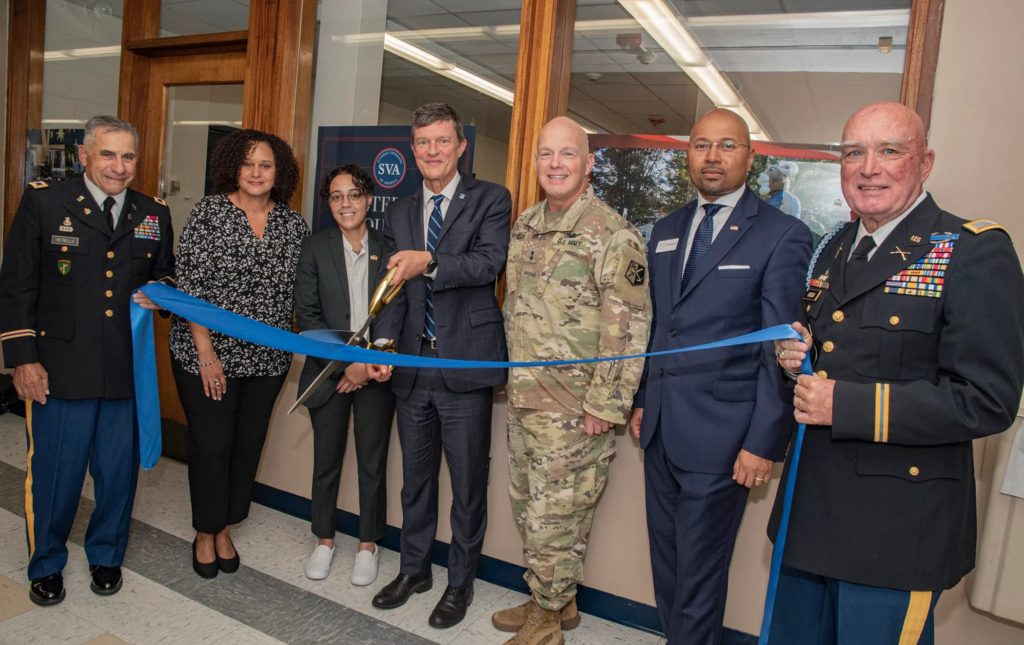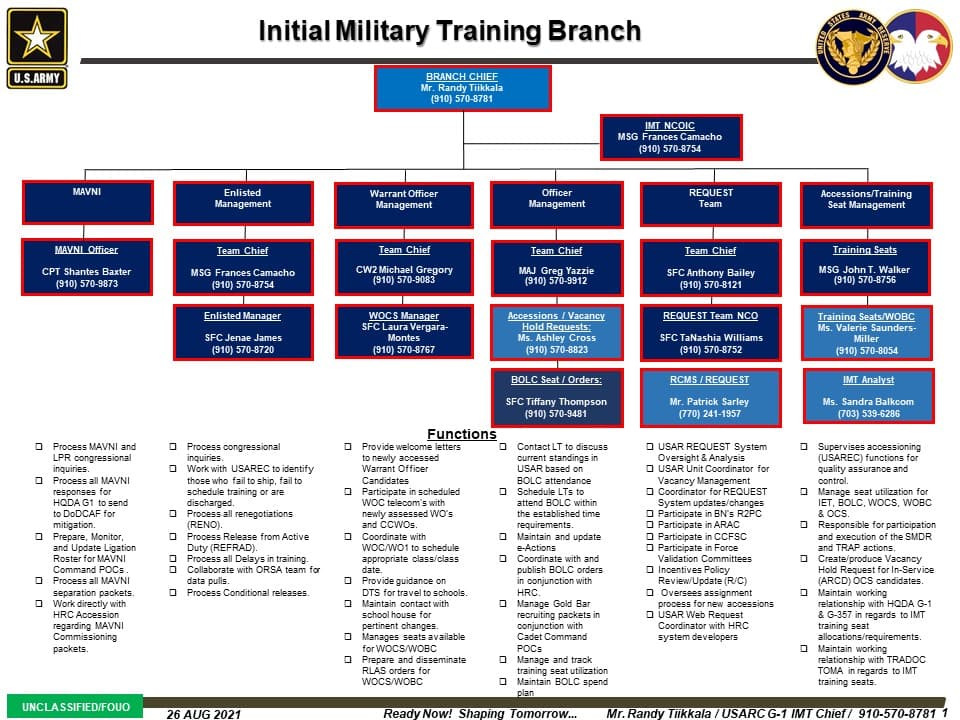Those who are in the IRR/IMA can find many opportunities to advance in their career. They can be promoted to a higher rank or even be retired from the IRR. The primary proficiency that you should have is listening and speaking. You should also be able to handle stress and have a positive attitude.
IMA or not, the primary proficiency for enlisted career managers is listening and speaking. While this may be the case, it is not uncommon to find IRR or IMA soldiers stuck in the sandbox or, worse yet, on the receiving end of a barricade. A well-conceived gambit may be just the ticket to a well-deserved respite. A transfer to a civilian job may be in order for a select few. For the more hands-on type, a brief stint in the otaku world of an IMA or IRR might be just what the doctor ordered. The rewards come in the form of a newfound affluence, which in turn provides the perfect muse to explore your newfound horizons. The aforementioned perks are just the tip of the iceberg when it comes to the long haul. Having a commanding officer to guide you through your newfound tamer is a rare breed. A word of caution, though, be sure to read up on the etiquette before you make the leap. A small price to pay, but an undeniable reward in the form of a better life.
A top-notch IMA or IRR aficionado will find a plethora of opportunities to hone their entomological skills. Be sure to use the aforementioned resources to ensure you can reenlist in a timely fashion should the need arise. Those apprehensive in the Army of old will be more than happy to point you in the right direction.
Opportunities to get promoted

IMA/IRR enlisted career managers have a lot of options when it comes to getting promoted. Whether you are interested in advancing in your current position or getting a new one, the Army promotion system is designed to ensure that all soldiers have a fair chance at moving up in their ranks. Using this system can also help to ensure that you are recognized for your army contributions. If you are interested in learning more about the IMA program, visit the Army Human Resource Command (HRC) website. You will find an updated information handbook on the site, which you can download.
The IMA/IRR program is designed to allow soldiers to serve multiple periods of time. This gives them more flexibility but can also be frustrating for some. There is no fixed service schedule, and the IMA/IRR soldiers can hop from unit to unit and from Active Duty Reserve/Guard to Regular Reserve/Guard or stay in the IRR for as long as they like. They can also serve as federal employees, and if they are interested in retiring from the military, they can even take advantage of retirement benefits. However, there are limitations that can come with the IMA program, so be sure to do your research.
If you are interested in an IMA career, you should start researching the program and sending emails to the units and commanders looking for soldiers. This will let you know what your limits are and what you need to do to make yourself more competitive. You should also consider negotiating a service schedule with your boss and your family. The IMA Program is not for everyone, but it can provide you with the opportunity to serve your country in a meaningful and beneficial way.
If you are a Reservist, you have the option of working in the Reserves, or you can drill in the Volunteer Training Unit. You will need to complete a professional military education and receive a DA photo. You will have to attend annual musters and personal growth counseling when you reach full eligibility. Depending on your responsibilities, you may be required to attend non-resident training. This is a two-week course at USASMA in Fort Bliss, Texas.
In addition to training, enlisted soldiers will have continuing education to keep their skills up to date. The Army offers several professional development models for each career management field. You can learn more about these at the DA PAM 600-25, “US Army Noncommissioned Officer Professional Development Guide.”
You may be eligible for a promotion to a higher rank if you meet the required criteria. For example, if you have the required strength computations at the battalion level, you can be promoted earlier than the automatic TIG/TIS requirements. In order to promote to a PV2, you will need to complete a non-resident Sergeants Major Course. This will give you the opportunity to earn a promotion and buy back some of your military service credits.
Retiring from the IRR

Leaving active duty or Reserve status to join the Individual Mobilized Augmentee (IMA) Enlisted Career Managers program can be a big decision. Generally, the IMA Program is designed for junior enlisted soldiers and tends to be more project and specialty staff oriented. The IMA Program is designed to help provide the military with trained service members to support rapid expansion.
In March 2020, the Army HRC published an updated information handbook on the IMA program. The handbook is available for download on the website. The IMA program has several benefits for Soldiers, including retirement. The IMA program also allows Soldiers to take time off from active duty, often referred to as a sabbatical. It can be very competitive for IMA positions. However, it’s important to note that the retirement system is not boosted for longevity.
Soldiers in the IMA Program earn points based on their performance. They are rewarded with one point for every four hours they spend on paid IDT. They also get a point for each day they are on active duty. Generally, this means that a soldier should have at least 50 points during their AYE date. It’s important to note that a Soldier is able to hop between the IRR and the IMA Program, so he or she may have more than one point for each day.
Another benefit of the IMA program is that a soldier may have access to the Reserve Component Survivor Benefit Plan. This plan offers an inexpensive life insurance annuity. The benefits of the RSB plan can be especially attractive for a Soldier with a family.
If a Soldier wants to delay his or her activation, he or she can present a case to the mobilization authority. The service branch will screen the Soldier for his or her personal status, medical, and other qualifications. This process may take months or even years to complete. In some cases, a Soldier may not receive promotion orders or be aware that he or she needs to find a new job.
It’s important to understand that Soldiers must be qualified to serve in the IRR. They must also be able to deploy. If a Soldier is not qualified to serve in the IRR, he or she should contact the nearest Career Counselor. They should include the amount of disability compensation they are eligible to collect. This can be done through the DoD Financial Management Regulations. If an IRR Soldier does not have the CAC, he or she will need to log in to the DoD system and allocate time to do this.
The IMA Program is a challenging and often frustrating process. It’s important to do your research and start asking questions. This will give you the information you need to make the best possible decision. You will want to find out about how much you’ll need to contribute and if the IRR program is a good fit for you.

